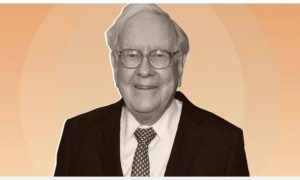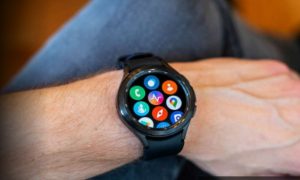With contactless credit cards and digital wallets, it’s never been easier to pay at the store but research suggests those same pain-free options could lead to more spending.
The rise in frictionless payment options has coincided with an increase in consumer credit card debt, which recently surpassed more than $1 trillion for the first time ever, according to new data from the Federal Reserve Bank of New York.
Also Read– 6 Things You Should Know Before Getting Eyelid Surgery
Until recently, Americans had been slow to adopt contactless payments compared to the rest of the world but that changed during the pandemic.
5 times credit card rewards aren’t worth it
Now, more than a third of face-to-face Visa transactions in the U.S. are Tap to Pay, up seven times from three years earlier, CEO Ryan McInerney said on a recent earnings call. For MasterCard, contactless payments now make up about 58% of in-person transactions globally.
Digital wallets like Apple Pay have also made it easier to spend, allowing consumers to pay by phone or even their watch.
And in some cases, you don’t even need a card or phone.
Amazon is expanding its “pay by palm” technology. By the end of the year, every Whole Foods supermarket in the country will allow customers to pay simply by hovering their palm over a device.
But that convenience could be coming at a cost.
Numerous studies have shown consumers tend to spend more money when they use payment methods other than cash. A lot of that is due to a psychological effect known as the “pain of paying.”
As humans, we feel negative emotions when paying for a good or service, and behavioral economists have learned the amount of pain varies depending on how we pay. Handing over physical cash, for example, feels worse than swiping a card. That difference in pain can impact spending decisions — when a purchase hurts more, people are less willing to make it.
Visa profits rise as global customers increasingly use credit and debit cards instead of cash
In a well-known study from 2001, researchers found people were willing to pay up to twice as much for the same item when using a credit card versus cash.
Also Read– Has COVID-19 become a summer illness? Cases and hospitalizations are on the rise again
More recent research suggests contactless and mobile payments could be even less painful than traditional cards.
In 2018, a pair of researchers in Germany found consumers who paid with their phones and watches felt lower levels of pain compared to credit cards.
Research out of the central bank of the Netherlands also observed lower levels of pain and higher spending with contactless payments.
“We find that when people pay in a blink of an eye it hurts less, but they spend more,” the December 2022 report reads. “Consumers’ shift from cash to fast electronic payments therefore comes at a risk.”
A new study out of the UK found consumers who used contactless payments also have a harder time remembering how much they spent. Those findings could have important implications for consumer spending, “as poor recall can plausibly lead to larger issues in personal finances,” the report concluded.
The pain associated with spending cash is fading for a lot of consumers. More than 40% of Americans don’t use cash for any of their purchases in a typical week, up from 24% who said the same in 2015, according to Pew Research Center. A recent survey from NerdWallet found 84% of Americans with a monthly budget say they sometimes exceed it.
Also Read– Childhood vaccinations falter ahead of crucial fall season
It remains to be seen how much consumer spending habits could change as new payment technology hits the market. For now, one thing seems certain: contactless payments aren’t going away.
The global contactless payment terminals market is expected to grow from about $20 billion in 2022 to more than $43 billion by 2026.





























